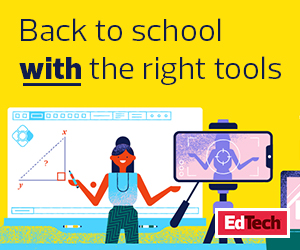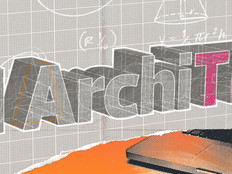What Are Blended Learning Platforms?
Blended learning combines technology and face-to-face interaction to improve student engagement, streamline assessments and open the lines of communication between teachers and students.
Both Microsoft Teams and Google Classroom offer a core package of tools that cover classroom essentials. In Microsoft Teams, for example, students and teachers have access to Word, Excel and PowerPoint. Google Classroom provides similar applications through Google Docs, Sheets and Slides.
These online tools make it simple for teachers to send class materials, grade assignments, conduct assessments and monitor student progression.
Meanwhile, students can seamlessly collaborate with classmates, submit assignments digitally and access class materials outside of regular school hours.
Preliminary research suggests digital platforms can improve student testing outcomes. When the Maricopa Unified School District in Arizona introduced blended learning classrooms, students using the program scored higher than the district average on all six of the statewide achievement tests.
DISCOVER: Here's what educators need to know about blended learning.
What Can Microsoft Teams for Education Deliver to Your Classroom?
A major draw of Microsoft Teams is the amount of control it gives teachers, students and administrators over their respective roles in education.
OneNote, for example, lets students and teachers compile their notes in a single, online location that can be accessed on any connected device.
Using this application, teachers can gather interactive lesson plans for each class into one hub. This makes it easy to distribute to students and share with fellow teachers.
“I really like my students to be able to get information from me instantly. Through Teams and Class Notebook, I can push materials right out to them, or I can drop class notes right into their notebook,” said Amy Welsh, chair of the mathematics department at Davidson Academy in Tennessee. “Teams is a way for students to interact, gather information, and share it right when they need it. I think Teams really embodies the way this generation uses technology.”
Microsoft Teams also helps teachers collaborate on lesson plans and school initiatives. Microsoft’s recent acquisition of Flipgrid adds built-in videoconferencing tools to Teams, giving teachers another way to connect across schools and districts.












